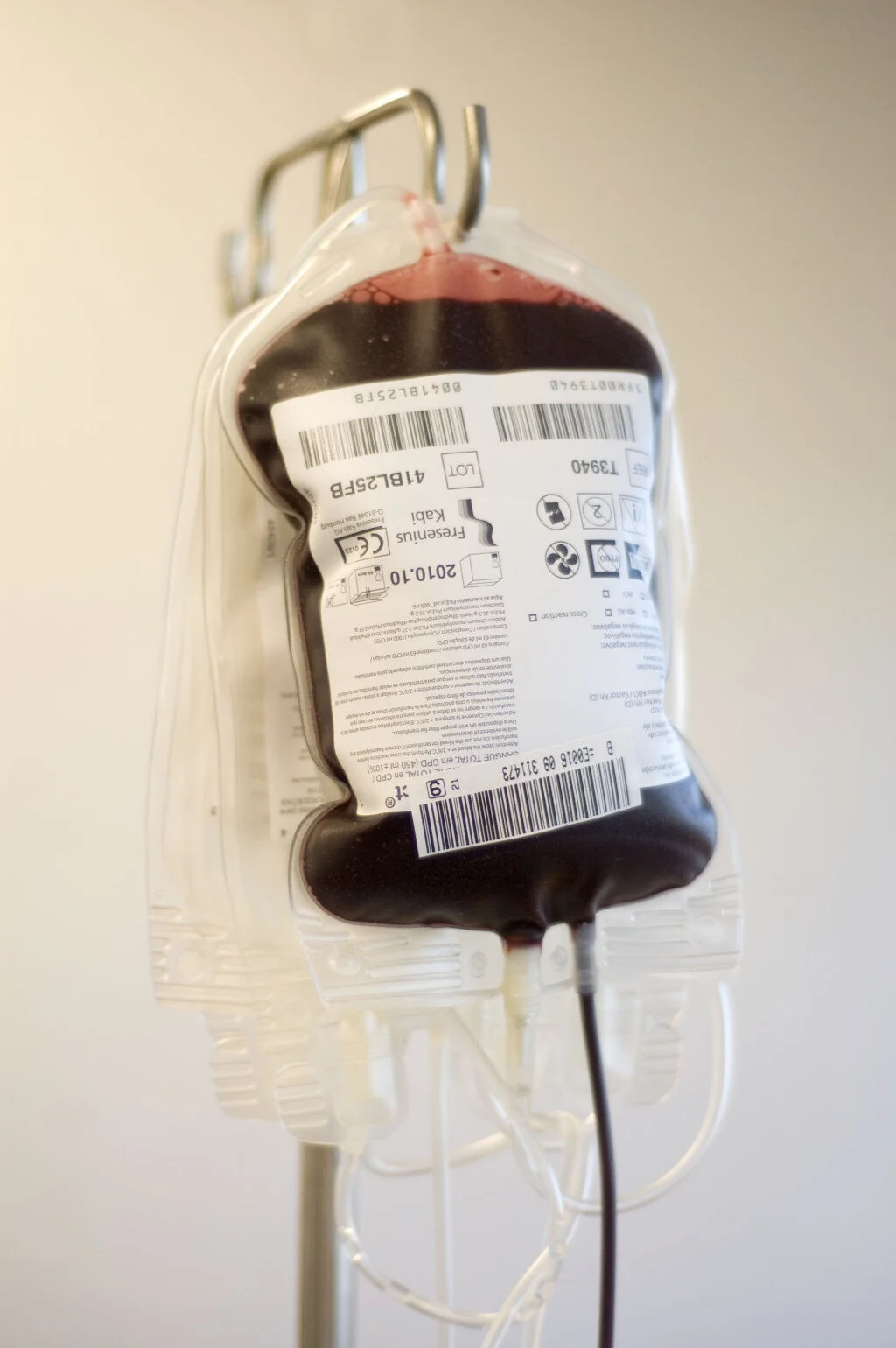Tackling Hematological Diseases in India: A talk by Dr. Prantar Chakrabarti
Image: “Fresh blood” by Cesar Astudillo. CC 2.0
On October 26th, the University of Toronto Pre-Medical Society and Global Health Engage hosted an event titled “The Challenges of Children’s Healthcare in Asia.” Dr. Prantar Chakrabarti from the NRS Medical College of Calcutta was invited to speak about the difficulties of treating hematological diseases (such as nutritional anemia, hemophilia, and thalassemia) in India, with a focus on Calcutta.
Dr. Chakrabarti explained that because the Indian economy is unevenly distributed with over 70% of the population still living in villages, the impact of hematological diseases on healthcare is monumental. The seven main factors that interfere with the growth of the public health sector, according to Chakrabarti, include: a fast growing population, a changing disease profile, a multilayered healthcare system, the lack of healthcare infrastructure, a shortage of qualified human resources departments, different healthcare parameters, and inaccessibility of healthcare services.
The two main challenges specific to such diseases in India are the lack of access to specific equipment and the negative and pessimistic attitudes of patients. In comparison to an ill child in need of blood transfusion in Toronto who has access to various types of support (ranging from complete blood group phenotyping to the creation of an iron profile), a child in India access to few. In addition, the conditions in Indian villages often lead families to believe that there is no hope for their sick children. Healthcare in India can be expensive, with large out-of-pocket payments. Selling their possessions is often the only option for families, and given the chronic nature of some of these diseases, defeatism is not surprising.
Nevertheless, Dr. Chakrabarti is hopeful and is working towards improving the healthcare system in India. By educating and encouraging audiences and students in different parts of the world, he seeks to advance the hematology treatment in Calcutta. For him, “forming a center of excellence” in the Indian healthcare system is the ultimate goal.

